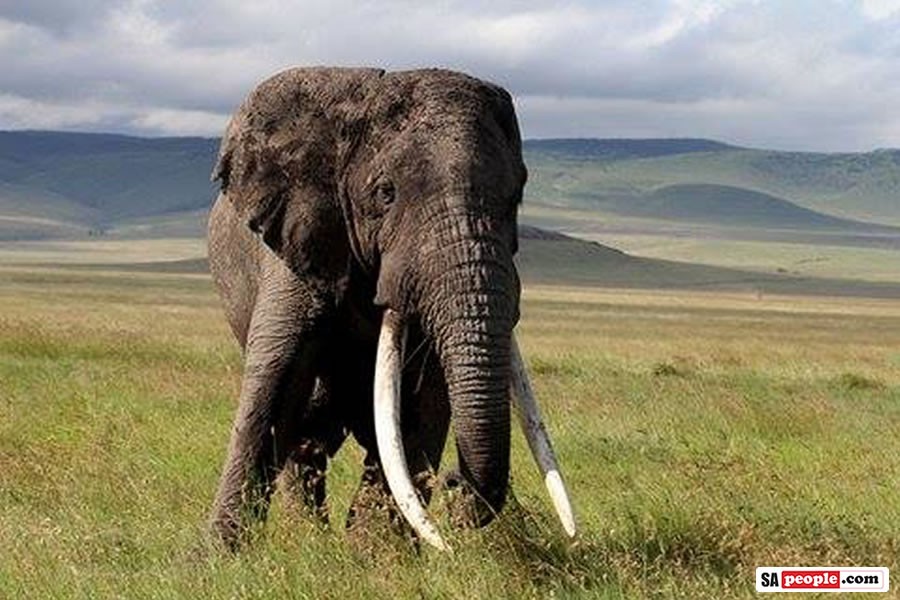
Could Hunted Elephant be the Next Cecil?
It bears all the markings of another potential social media storm like the one created by Cecil the Lion. Initial reports claimed an elephant – which some said was iconic because of his huge tusks – was reportedly shot when he strayed out of the Kruger National Park into Zimbabwe a week ago. But how much of […]
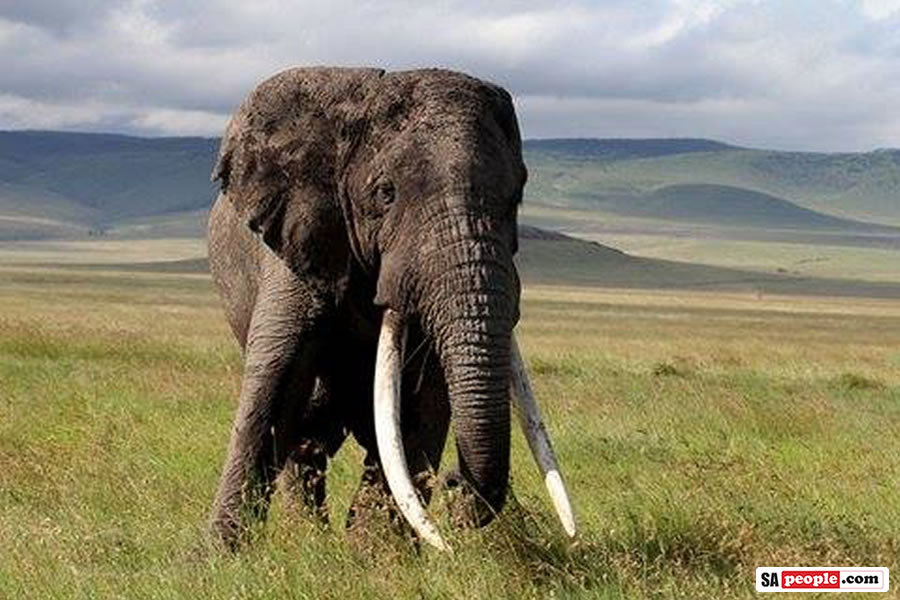
It bears all the markings of another potential social media storm like the one created by Cecil the Lion. Initial reports claimed an elephant – which some said was iconic because of his huge tusks – was reportedly shot when he strayed out of the Kruger National Park into Zimbabwe a week ago. But how much of it is true?
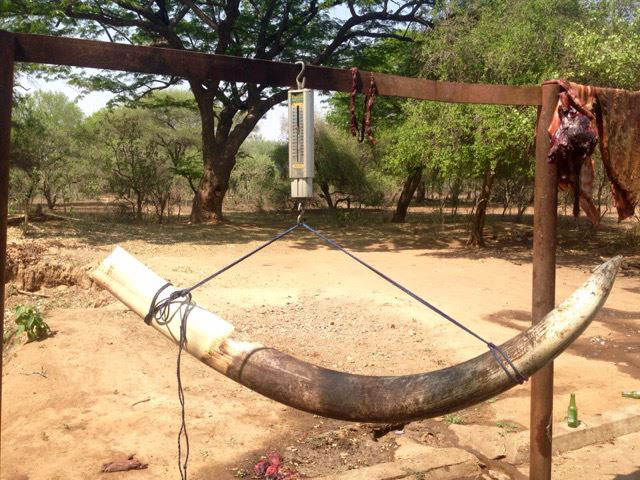
Late on Wednesday the news appeared on Facebook, with pictures to “prove” it: the dead elephant, the huge tusks, a hunter with his gun standing next to a dead animal. Only late on Thursday, though, was the story picked up by a major publication, The Telegraph, by the same writer who broke the Cecil story, Peta Thornycroft. At the same time, a Facebook post used as a source for other stories about the hunt had disappeared.
So what is going on exactly?
Thornycroft wrote in her article that “a German hunter has risked the wrath of animal lovers once more by shooting dead one of the largest elephants ever seen in Zimbabwe”.
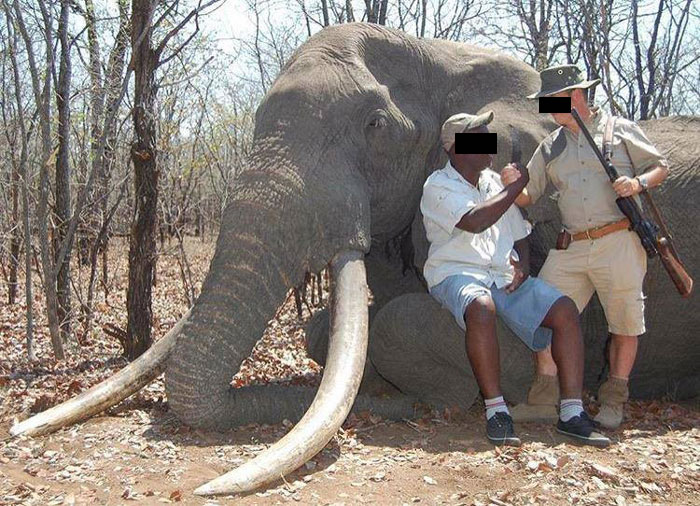
The first reports identified the elephant as a very large tusker – possibly 60 years old with tusks weighing 54 kilograms each, and possibly one named Nkombo – that had strayed out of Kruger National Park. If it was Nkombo, he was apparently known to be in the Shingwedzi area in the north of Kruger. The elephant was reportedly shot in an area near Gonarezhou National Park, which is northeast of Kruger.
The Telegraph said the killing took place on 8 October “by a hunter who paid $60,000 for a permit to land a large bull elephant and was accompanied by a local, experienced professional hunter celebrated by the hunting community for finding his clients large elephants.
“The German national, who the hunt’s organisers have refused to name, had travelled to Zimbabwe to conduct a 21-day game hunt including the Big Five of elephants, leopards, lions, buffalo and rhinoceros,” the report said.
If the story is indeed true, the similarities to the Cecil hunt in July are almost uncanny.
On the site tuskersofafrica.com, Nkombo, which it says was collared until May 2014, was last photographed on October 3. He is described as “Left ear small notches near the center and hole in the upper part of the earlobe. Almost straight tusks and almost equal in length.”
A news report on Friday quoted an elephant authority in South Africa saying that going from descriptions of Nkombo versus the killed elephant, it was unlikely they were the same animal.
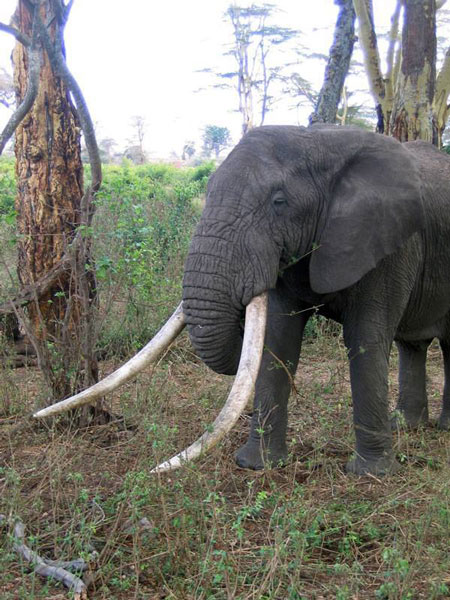
Neither the South African National Parks nor Zimbabwe’s Parks and Wildlife Management Authority have responded to requests for comment about the reports.
If the story is indeed true, the similarities to the Cecil hunt in July are almost uncanny. The event took place in Zimbabwe. The animal was important enough to have a name and was seen as iconic. The hunter was a foreigner who had paid a lot of money for the chance to kill the animal (the price paid for Cecil was apparently over $50,000). And Cecil had strayed out of his protected area when he was shot.
Earlier this week, coincidentally, it was reported that the US dentist who shot and killed Cecil, Walter Palmer, will not be prosecuted because officials said he had obtained the legal authority to hunt.
The news of the unconfirmed elephant hunt also comes barely a day after other bad news for Zimbabwe conservation, the poisoning by suspected poachers of at least 26 elephants in Hwange National Park. A week earlier 14 other bodies of poisoned elephants had been found.
A spokeswoman for Zimbabwe’s Parks and Wildlife Management Authority was quoted in a U.S. newspaper on Thursday saying the poachers used blocks of industrial-grade cyanide to poison watering holes and salt licks favoured by Hwange’s elephants.